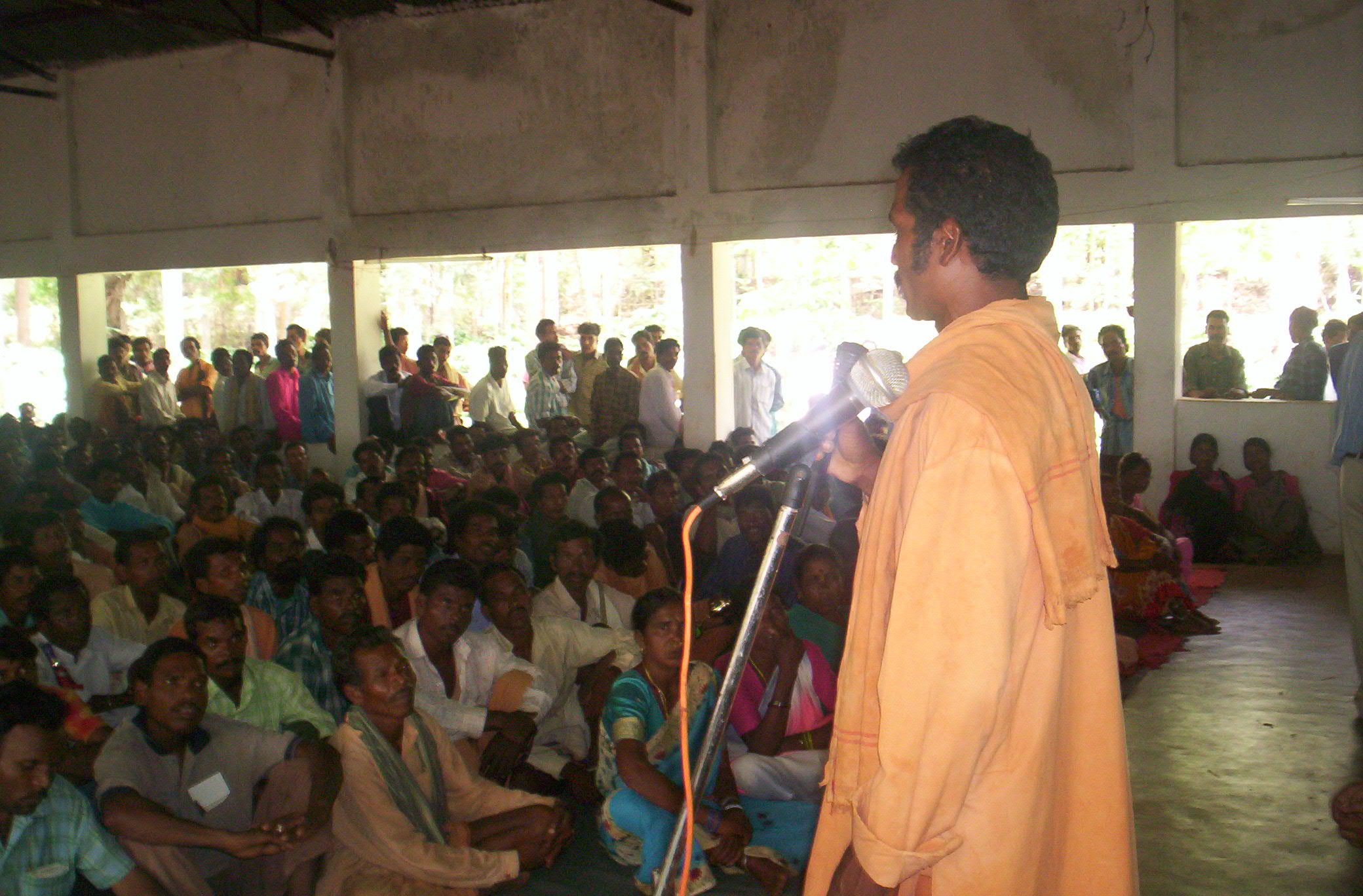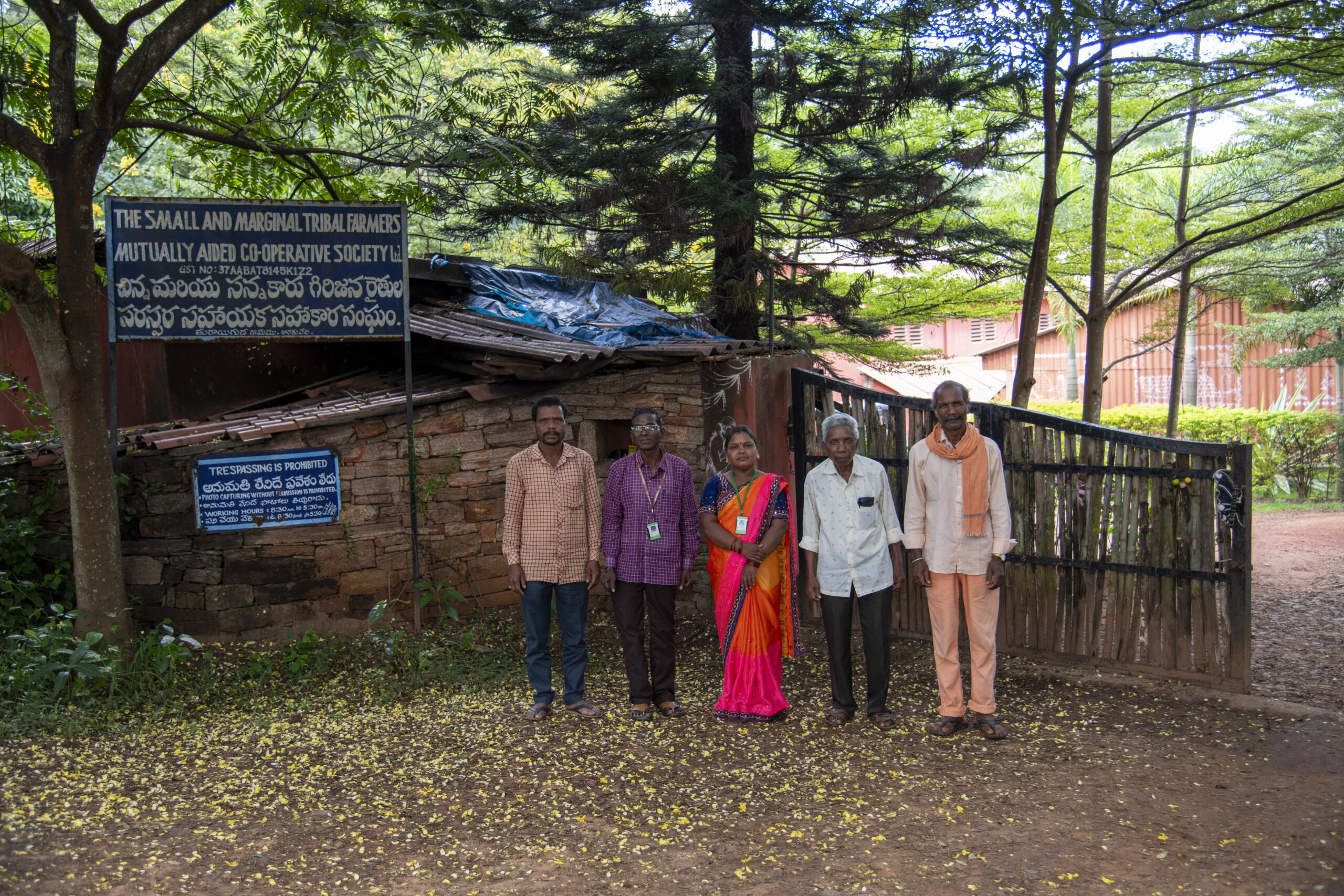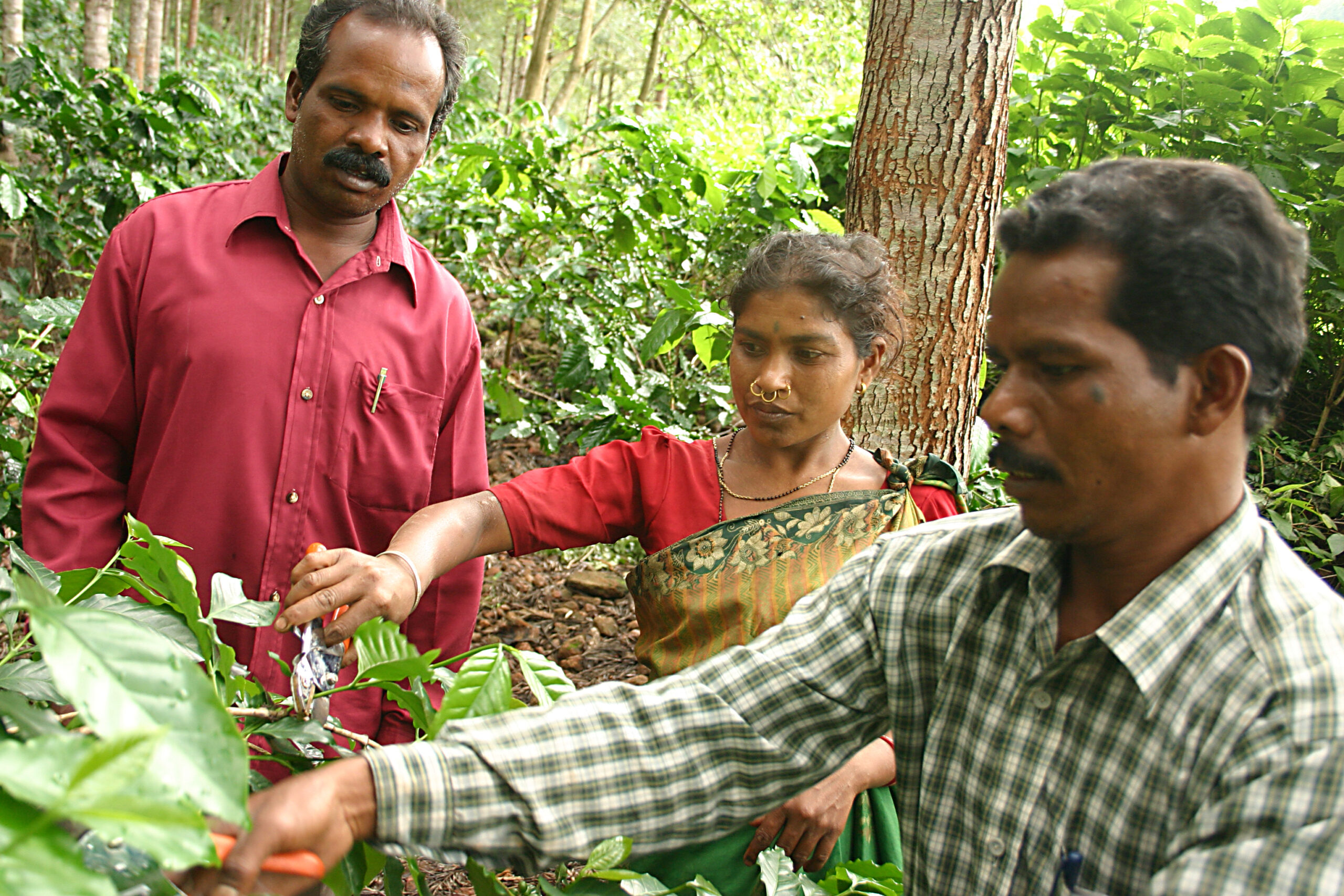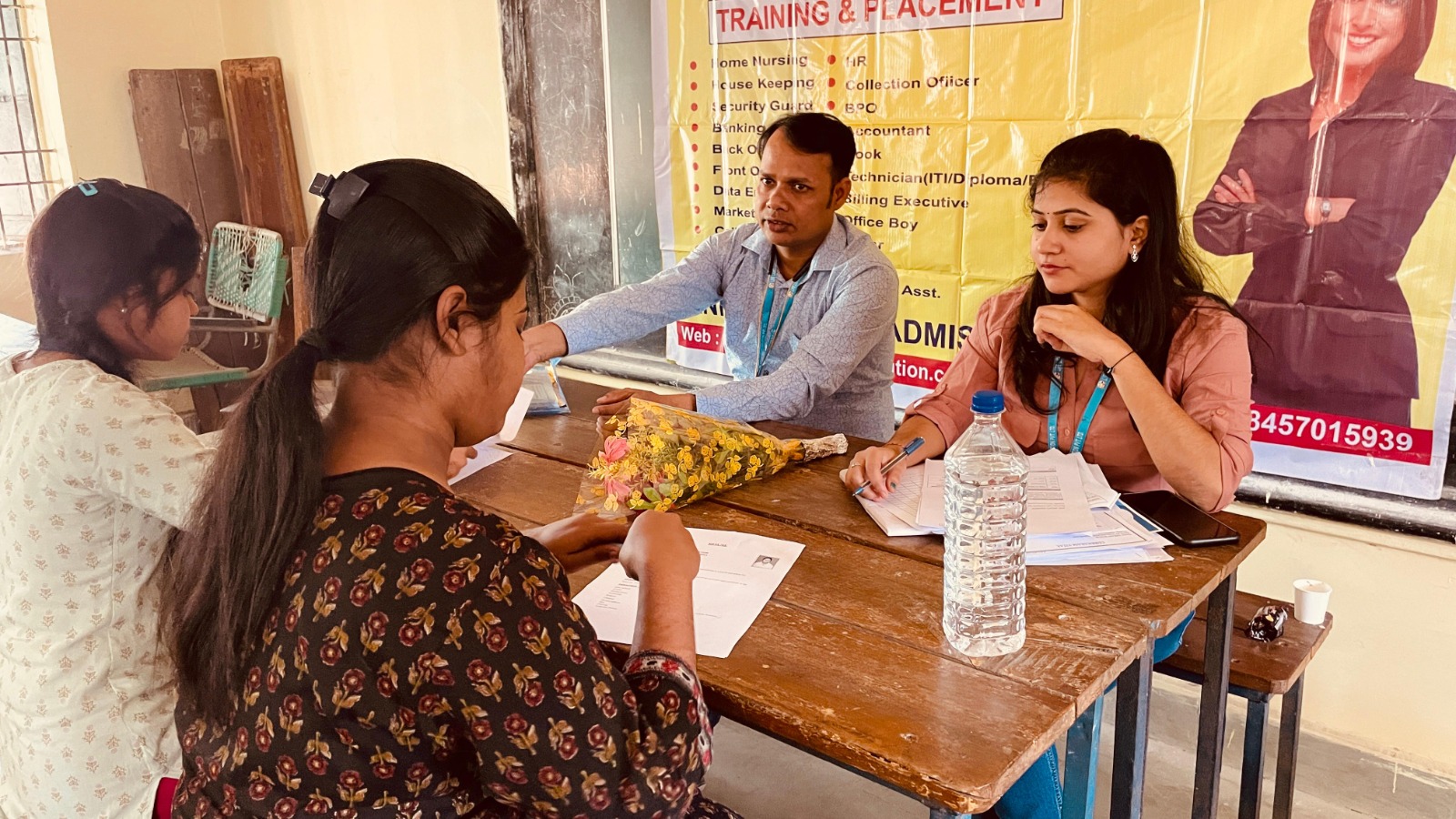With the United Nations declaring 2025 as the International Year of Cooperatives, it prompts us to reflect on what cooperation truly means in practice. For many of those at Naandi who have worked directly on or supported agriculture-based livelihoods projects for smallholder farmers in Araku Valley, this reflection feels quite close and personal. This is because, for over two decades now, the very essence of our work in Araku has been to sustain a deep sense of trust and a spirit of cooperation with Araku’s very own tribal farmers cooperative as we work with them towards common goals of poverty alleviation and environmental regeneration.
Since 2007, when this cooperative was first registered as the Small and Marginal Tribal Farmers Mutually Aided Cooperative Society (known in short as MACs), we have witnessed sustained, positive change flow directly from its core to touch the surrounding landscapes and communities. MACs has transformed Araku’s eco-fragile hillsides into one of the world’s first and largest terroir-based coffee reserves, managed exclusively with organic-regenerative agriculture. The cooperative now oversees the entire coffee value chain, from cultivation to procurement and processing of premium ARAKU Coffee. The work and dedication of MACs to reach this stage underlies what we call the Araku story: one of ecological and economic revival. It’s the means through which Araku’s natural beauty and abundant food forests have returned to fulfill the community’s deep-seated wish to live and work peacefully on their ancestral lands for generations to come.
So, the Araku story. How did it all start? Naandi’s mission to eradicate poverty actually led us to Araku in the early 2000s. As we arrived, we found a place of silent crisis inhabited by tribal communities. Early discussions with these communities revealed to us their collective history: they had been hunter-gatherers and subsistence farmers living peacefully, symbiotically, amidst their lush forests and grasslands. They foraged and used shifting cultivation (commonly referred to as podu) as ancient, sustainable means to gather sufficient food and natural resources to sustain themselves. As their population grew, however, and as the practice of podu compounded with mining and commercial logging from Colonial-era industrial ventures that extracted from the land without returning any value to it or allowing it time to regenerate, the tribals began to witness erstwhile fertile soils erode beneath their feet, and ecosystems strain from slow but steady deforestation.

organic-regenerative practices on their farms.
In addition to this slow but steady degradation of their lands, Araku’s tribals also faced extreme isolation—road connectivity and telephone signal were poor, and basic public services like health clinics and schools were almost nonexistent. The two most urgent challenges were the result of this isolation: endemic malaria and alarmingly high maternal mortality rates, which Naandi immediately focused on addressing. By setting up a mobile clinic system, through which a team of trained nurses visited each village on a particular day, we rolled out a safe motherhood initiative that made basic healthcare accessible to expecting and new mothers, and newborns. We also began foundational work for what is known today as Project Nanhi Kali by ensuring that every girl across 2,000 villages had school-going supplies and mentorship to support her through her first, very crucial, ten years of schooling.
As maternal mortality dropped significantly, and as mothers and children became healthier and girls more engaged with schooling, the question of the long-term vision for the community surfaced and remained. It lingered over us as we explored further into the region and saw evidence of ongoing erosion and deforestation in even the most remote parts. But as starkly as these explorations revealed the ecological problem, we also found in them the first of a string of answers. That answer, in part, was coffee. As part of a government initiative, farmers had been given Arabica coffee saplings to plant as the high altitude of Araku’s hillsides was, and remains to be, perfect for the cultivation of this coffee variety. The tribals knew that coffee promised better income, but they had only been given the saplings, not the specific knowledge—the art and science, if you will—of high-quality coffee cultivation.
This opportunity became our main focal point for collaboration: to learn about the principles and practices of growing premium, chemical-free coffee, together. A chemical-free approach to agriculture was already a foundational commitment in the region, born from an irrefutable observation farmers made when they experimented with chemicals and noticed earthworms immediately departing from those treated fields. To their minds, this meant chemicals were bad and shouldn’t be used. Driven by this shared conviction about a chemical-free future of agriculture, Naandi leveraged its global network to identify and invite international experts to Araku to show us how best to cultivate organic, high-quality coffee.
In the early years, our teams and a group of about 1,000 tribal coffee farmers worked closely with recruited experts in organic-regenerative agriculture. We all learned that coffee bushes needed to be kept under diverse shade trees, with regular pruning and frequent ‘feeding’, meaning that the soil the bush grows from, as well as the bush itself, needed to be nourished by adding compost and seasonally applying organic bio-inputs of B100, C100, and W100. As farmers began to apply these new practices in the field, we all watched as the quality of their coffee began to noticeably improve. Essential to sustaining this improvement was the Farmer Field School set-up: monthly, in-field training sessions focused on coffee bush, soil, and pest management. Recognising that many farmers were unschooled and unable to read, our teams had to show tremendous creativity and dedication to manage this learning process and translate complex technical instructions into easily digestible principles and demonstrations in the local language. The true turning point, however, came when the farmers themselves became proficient enough to lead Farmer Field Schools for their own community members. This important lesson in knowledge sharing—that the best teachers often come from within the community—is a principle that Naandi continues to apply today.

are shown standing at the entrance.
With a significant improvement in the quality of the coffee, we were faced with the next obstacle: How can tribal coffee farmers profit from selling coffee when their harvest volumes are so small? The best kind of entity to manage this, known well across Indian agrarian regions as a point of aggregating produce for bulk sale, was a farmers cooperative. And so it was that MACs–Araku’s first tribal farmers coffee cooperative–was formed. But little did we know that MACs would grow and evolve to serve a much greater purpose than simply aggregating coffee harvests…
As you may sense, this is but the beginning, the turning point, of the fascinating story of MACs’ evolution and its growing scope of positive influence in the Araku region. We’d like to cover this story in two parts, so as to do it justice by not missing any important details. Stay tuned for part 2, to be released next month!




